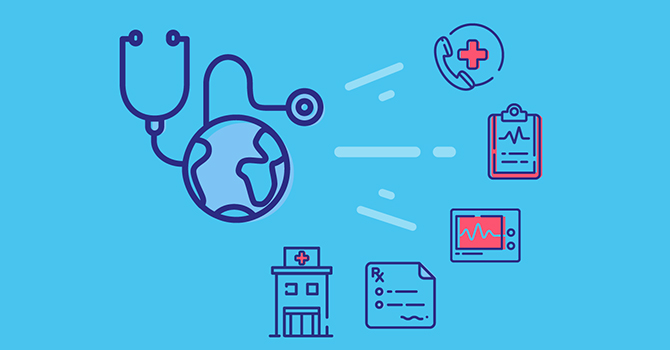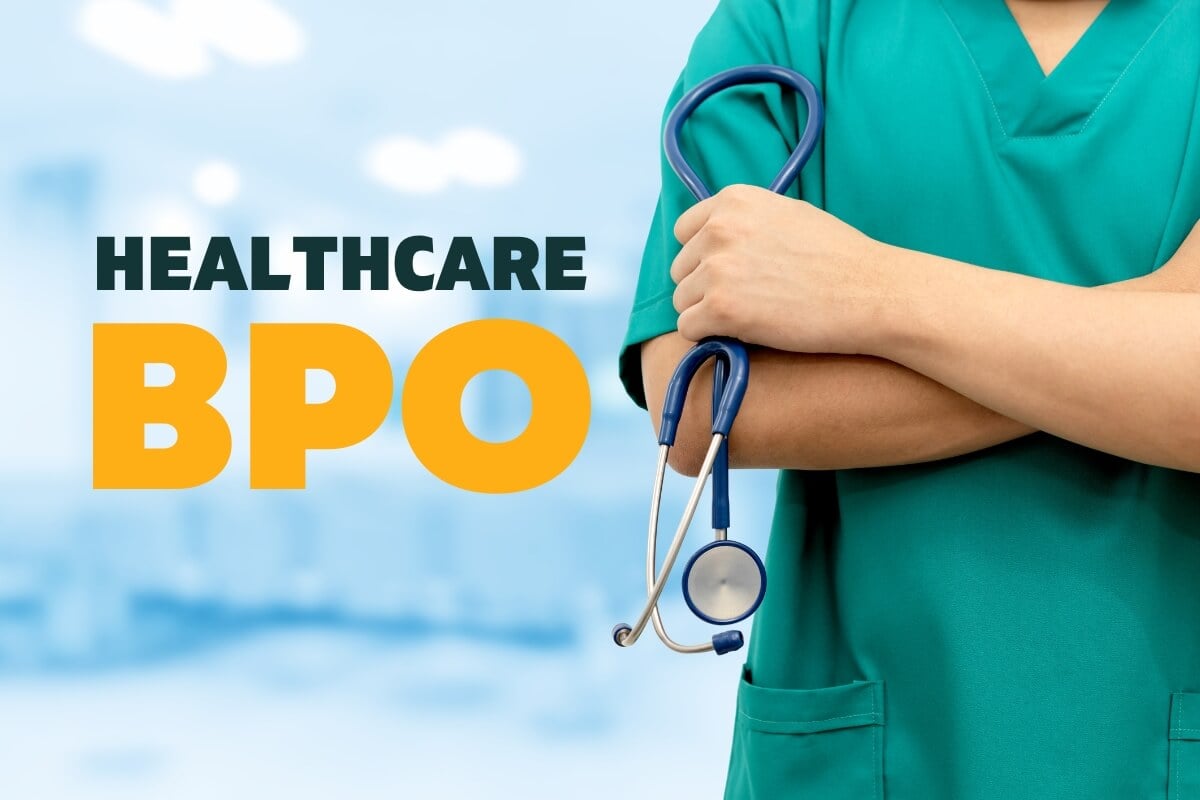A Comprehensive Guide on Just How Medical Care RCM Functions to Improve Billing and Collections
Browsing the complexities of healthcare earnings cycle administration (RCM) is critical for service providers intending to improve their invoicing and collections procedures. The guide unboxes the intricacies of RCM, from client registration to receivables management, offering understandings into maximizing each step. Incorporating sophisticated technology and standard procedures can considerably minimize claim denials and increase repayment cycles. Yet, truth difficulty exists in seamlessly combining these components to improve money flow. As we check out the core elements and approaches that drive effectiveness, one inquiry remains: how can medical care entities finest setting themselves to thrive economically in an ever-evolving sector?
Understanding Income Cycle Administration
Grasping the complexities of Profits Cycle Administration (RCM) is essential for health care organizations aiming to optimize their economic performance. RCM is an essential administrative function that includes the entire monetary process of client care, from the initial appointment readying to the final payment of the balance. It is a complicated treatment designed to identify, gather, and take care of the income from the services offered to clients. Efficient RCM makes sure that doctor obtain exact and prompt payments, reducing the danger of revenue loss and boosting capital.
The RCM process begins when a client routines an appointment and expands with the patient's care trip, including invoicing and collections. A crucial objective is to minimize the time in between supplying a solution and obtaining settlement, thus improving the company's monetary wellness. RCM involves numerous functions such as person registration, insurance confirmation, charge capture, coding, declares entry, repayment posting, and dealing with rejections and allures.
Key Parts of RCM
In the world of Income Cycle Monitoring (RCM), comprehending its vital components is essential to attaining financial performance within healthcare organizations. RCM is a detailed process that includes various phases, each vital to making certain reliable invoicing and collections. The key parts include individual enrollment, insurance verification, fee capture, coding, case entry, settlement uploading, and balance due monitoring.


Once coded, insurance claims are submitted to payers, where accuracy is vital to avoid denials or hold-ups - Healthcare RCM. Payment publishing involves taping the gotten settlements, which enables the settlement of accounts. Lastly, receivables management concentrates on monitoring and dealing with overdue cases, making sure prompt follow-up and resolution
Each part of RCM is adjoined, and inefficiencies in any component can disrupt the entire cycle. For that reason, grasping these elements is crucial for health care suppliers to enhance earnings and boost their monetary health and wellness.
Methods for Effective Invoicing

Systematizing invoicing procedures across the organization is another crucial strategy. Developing clear guidelines for documentation, coding, and submission aids preserve consistency and compliance with regulatory needs. Training personnel regularly on these treatments makes certain everybody is updated with the most up to date modifications in billing codes and payer plans.
Exact fee capture is vital in avoiding earnings leak. Carrying out routine audits and surveillance systems enables the identification and improvement of discrepancies prior to they impact earnings. Furthermore, keeping open lines of communication with payers aids to swiftly deal with any disputes or misunderstandings that might develop.

Finally, appealing patients early in the invoicing process by providing clear quotes and instructional products regarding their financial responsibilities can significantly reduce complication and enhance repayment timeliness. These approaches jointly contribute to a more financially healthy and efficient payment system.
Enhancing Collections Processes
Offered the complexities of clinical payment and the variety of payer requirements, boosting the collections procedure involves implementing calculated steps that make sure More about the author precise and prompt settlement of services rendered. Automation devices can aid in tracking case standings, sending out timely suggestions to people, and managing rejections much more effectively.
Training staff to understand the nuances of insurance coverage and billing codes is equally necessary. This expertise encourages them to resolve billing inconsistencies swiftly and interact efficiently with clients concerning their financial obligations. Furthermore, transparent and clear person interactions are vital. Giving thorough descriptions of costs and using adaptable settlement strategies can enhance patient fulfillment and punctual repayments.
Regular audits of the collections procedure ought to be performed to determine areas for improvement and make sure compliance with guidelines. By assessing information, health care companies can recognize fads, expect potential problems, and adapt techniques as necessary (Healthcare RCM). Eventually, a well-enhanced collections procedure not only sustains monetary wellness but also adds to a more smooth experience for patients and team alike
Optimizing Earnings Streams
Building upon the foundation of a strong collections procedure, healthcare organizations can additionally bolster their monetary security by tactically maximizing income streams. This includes a multi-faceted strategy, starting with an extensive evaluation of existing earnings resources to determine inadequacies and locations for growth. Using sophisticated information analytics devices enables organizations to gain insights right into payer mix, person demographics, and solution application patterns, enabling for data-driven choices that improve earnings capture.
Executing automated invoicing systems can considerably reduce errors and quicken claims processing, making sure that profits is gathered extra efficiently. Furthermore, maximizing payer agreements with regular negotiations can boost repayment prices and terms, straight influencing the bottom line. Branching out solution offerings, such as including telehealth or health care, can also draw in a wider client base, thus boosting earnings possibility.
One more critical element is improving client engagement and complete satisfaction, as satisfied clients are a lot more most likely to stick to treatment plans and make timely payments. Offering adaptable repayment choices and clear invoicing practices can boost collections and foster individual loyalty. Healthcare RCM. By adopting these approaches, medical care companies can produce a more resistant monetary framework, ensuring continual growth and security in an ever-changing sector landscape
Final Thought
Finally, medical care Income Cycle Management (RCM) plays a critical function in optimizing invoicing and collections processes by incorporating crucial components such as patient registration, insurance coverage verification, cost capture, coding, claims entry, and balance due administration. By using advanced technology, systematizing procedures, and promoting individual engagement, healthcare service providers can dramatically decrease case rejections, increase payment cycles, and improve cash money circulation. This extensive strategy to RCM ultimately leads to enhanced economic effectiveness and sustainability for medical care organizations.
The RCM process begins when a patient routines a visit and extends via the individual's treatment trip, consisting of invoicing and collections.Another crucial element is boosting patient interaction and satisfaction, as pleased patients are a lot more likely to stick to treatment plans and make prompt settlements. Using adaptable settlement choices and clear payment techniques can boost informative post collections and foster client commitment.In verdict, medical care Profits Cycle Administration (RCM) plays a critical role in optimizing payment and collections procedures by integrating crucial elements such as individual registration, insurance coverage confirmation, charge capture, coding, claims submission, and accounts receivable monitoring. By employing innovative modern technology, systematizing treatments, click to read and fostering patient engagement, medical care service providers can substantially minimize claim rejections, increase payment cycles, and boost cash circulation.